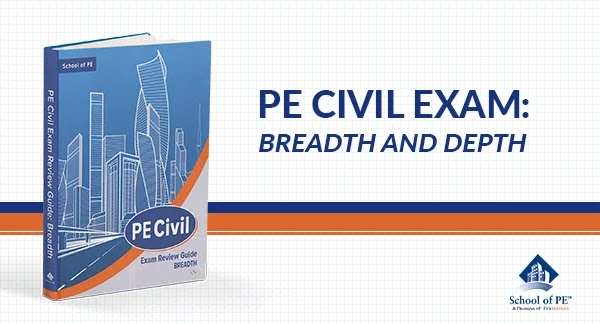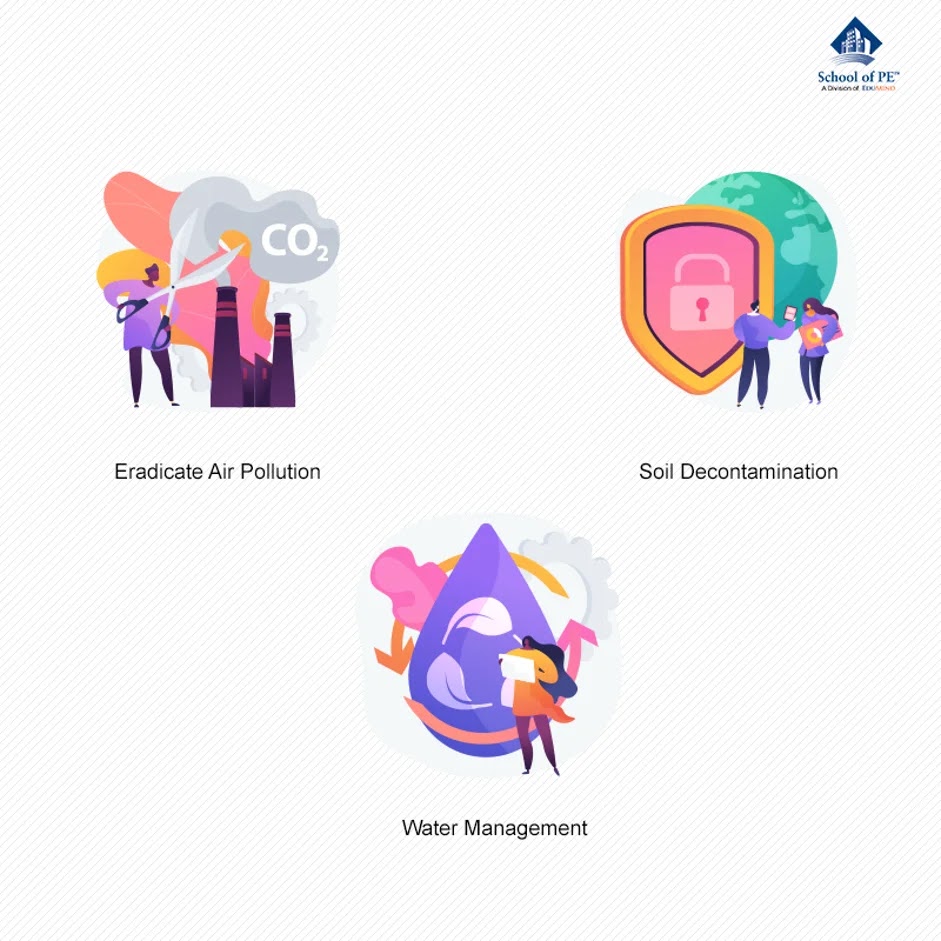Preparing for the FE and PE exams can be time consuming simply because people generally don't know what to expect on the exam. Exam candidates need time to prepare for the unknown. They need time to study important exam concepts, time to commit to refresher courses, time to read through publications and manuals, time to practice problems, time to work, time with friends and family, time to decompress... time to do everything! Time is a valuable resource and cannot be recovered once it is lost or spent. It is important to begin preparing for these NCEES exams as soon as possible. The excess time allows students to be more confident and prepared.
Candidates should begin by performing a self-assessment once their exam date is confirmed. This can be done using the NCEES exam specifications and rating knowledge of the subject matter or taking a practice exam and evaluating strengths and weaknesses. Once candidates perform their assessment, they should consider registering for refresher courses, which are a great resource for exam preparation. In addition to refresher courses, candidates should also spend time reading, reviewing, solving practice problems, and taking practice exams. Candidates should also consider tutoring as another option for exam preparation. Tutoring gives candidates a one-on-one opportunity to get help in subjects that are more difficult or unfamiliar. All of these resources are essential to exam success.
Candidates who prepare for FE and PE exams early are more likely to pass the exam. Being successful on any exam not only involves preparation and utilization of resources, it is also indirectly linked to the candidate's confidence level. Having confidence helps dispel test anxiety caused by fear and uncertainty of the subject material. The more prepared candidates are, the more confident they become.

Candidates are also better able to anticipate. NCEES exam are meant to test the subject matter as well as subject agility and adaptability. Exam experts test candidates' agility or their ability to think and understand quickly. After all, these exams are timed. Subjects are not always categorized together, and exam questions are not always framed exactly how material is studied during preparation. This tests the candidate's adaptability.
Each exam is different and confidential. Candidates are not privy to this information in advance, which makes it extremely challenging when preparing for the exam. It is a rule of thumb that candidates need at least 3-6 months to adequately prepare prior to the exam. In certain cases, candidates need more. Again, more time spent preparing for these exams given all of the unknowns yields better results.
Candidates who diligently prepare for the FE and PE exams are often better practitioners. These exams test the technical aspect of the subject as well as the practical. Preparing early increases subject interpretation and the likelihood of success.
To help with early preparation, School of PE offers FE and PE exam review courses in a variety of formats to fit each student's specific needs. Visit www.schoolofpe.com to learn more.







